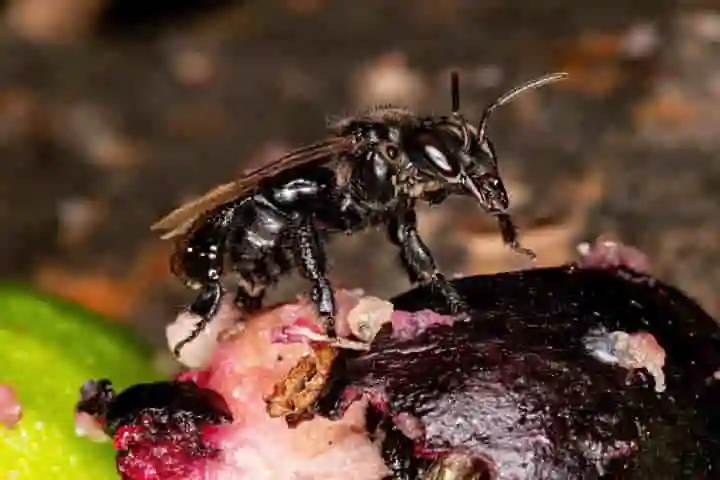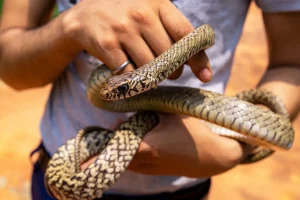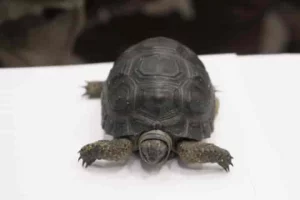How little we know about nature and its working becomes evident as humankind discovers new facts about animals and plants. Recently it became known that there is a tropical bee that has an added feature – an extra tooth – and this is for biting flesh. That is not all, it has an intestine which is closer to that of vultures than that of bees.
Bees usually don’t eat meat and this particular species of stingless has probably evolved due to rivalry for nectar, according to an article in sciencedaily.com.
Entomologist Doug Yanega of University of California, Riverside speaking on these bees said: "These are the only bees in the world that have evolved to use food sources not produced by plants, which is a pretty remarkable change in dietary habits.”
The microbes – five core ones – are found in the guts of honeybees, bumblebees, and stingless bees and this has been the same for the last several million years. Talking about this aspect, a doctoral student at the University, Jessica Maccaro said: "Unlike humans, whose guts change with every meal, most bee species have retained these same bacteria over roughly 80 million years of evolution.”
On knowing the drastic alteration in the diet of the vulture bees, the scientists at the University thought if there was difference in their gut bacteria or did they remain the same as others. As per the study which has been published in the American Society of Microbiologists' journal mBio, it differed greatly.
In order to check these changes, the scientists visited Costa Rica, the place where these bees are found. Setting up baits which were fresh raw chicken pieces with petroleum jelly on them to dissuade ants, were hung from branches.
The researchers met with success as vulture bees get attracted to the bait. They found that the stingless bees which generally have baskets on their hind legs for gathering pollen were now instead used for collecting the chicken.
Entomologist of UCR, Quinn McFrederick stated: "They had little chicken baskets.”
Going further, the scientists gathered stingless bees whose diet included both flowers and meat and others who fed only on pollen. The microbiomes of those who ate only meat had been greatly altered.
Elaborating, McFrederick said: "The vulture bee microbiome is enriched in acid-loving bacteria, which are novel bacteria that their relatives don't have. These bacteria are similar to ones found in actual vultures, as well as hyenas and other carrion-feeders, presumably to help protect them from pathogens that show up on carrion."
Also read: Only one protein separates the Queen Ant from the rest
Among the bacteria present in vulture bees was Lactobacillus, found in many of the fermented food of humans and Carnobacterium, which is linked to flesh digestion.
Reacting to this Maccaro said: "It's crazy to me that a bee can eat dead bodies. We could get sick from that because of all the microbes on meat competing with each other and releasing toxins that are very bad for us.”
It was amazing for scientists to note that these bees were different in other ways too.
Yanega, elucidating on this remarked: "Even though they can't sting, they're not all defenceless, and many species are thoroughly unpleasant. They range from species that are genuinely innocuous to many that bite, to a few that produce blister-causing secretions in their jaws, causing the skin to erupt in painful sores."
Also read: Tiny-brained spider amazes scientists with its web designs
Having developed a taste for the meat, the honey of these bees continues to be both edible and sweet. Sharing an interesting fact about these bees, Maccaro said: “They store the meat in special chambers that are sealed off for two weeks before they access it, and these chambers are separate from where the honey is stored.”
The team now wants to study further these bees’ microbiomes and learn about the genomes of all bacteria, fungi and viruses in their bodies to understand the vital role the microbiomes play in the bees’ health.




















